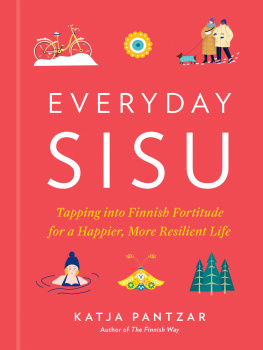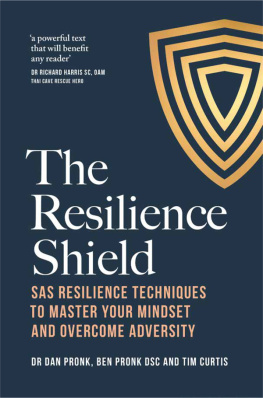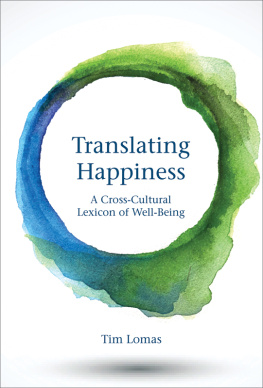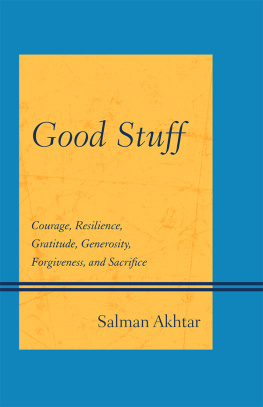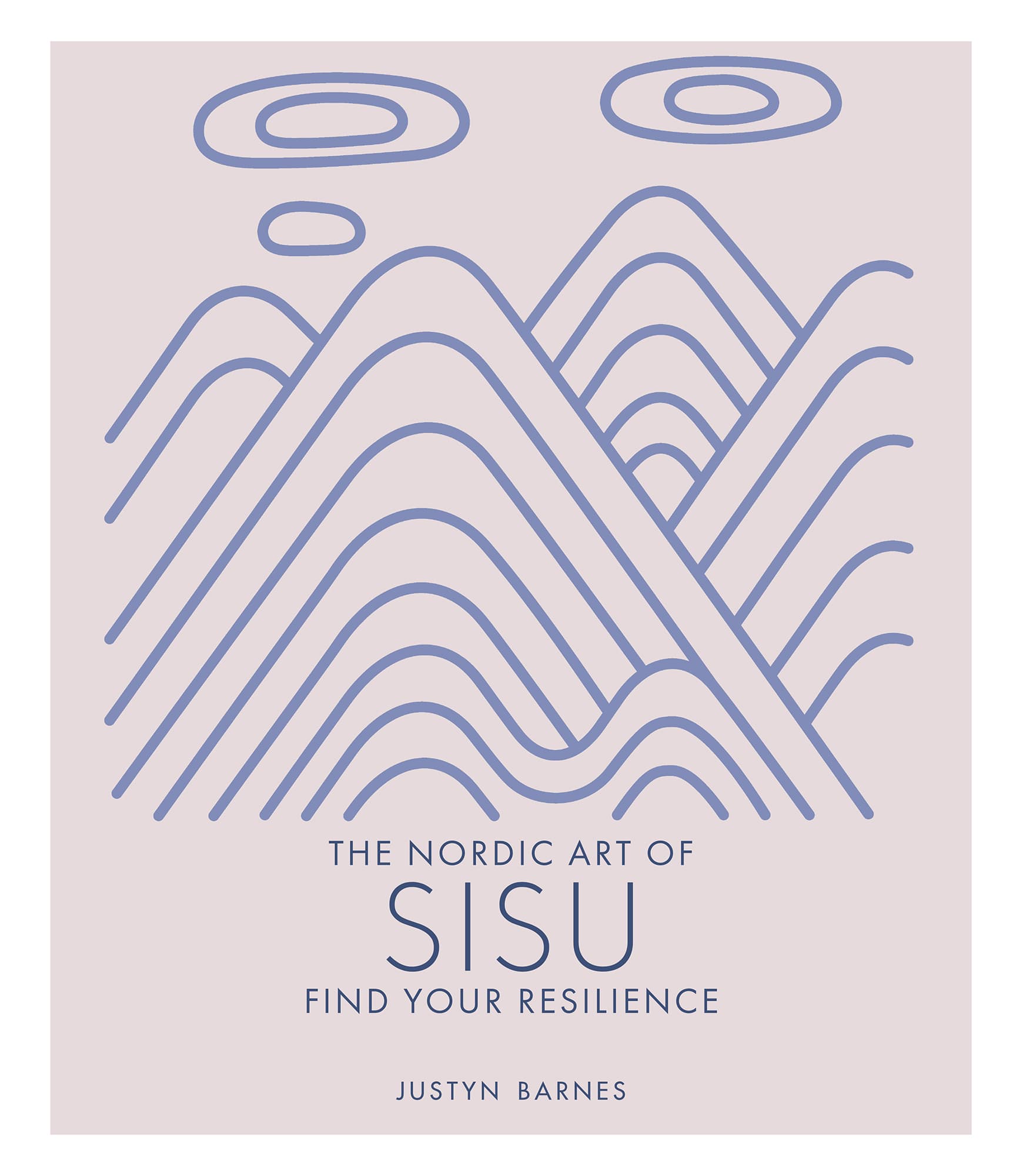THE NORDIC ART OF
SISU
FIND YOUR RESILIENCE
JUSTYN BARNES

Introduction
W e all encounter seemingly insurmountable problems at times. In such situations, have you ever surprised yourself with your levels of fortitude and perseverance and your ability to push through and triumph over adversity? If so, you may have unwittingly tapped into an inner power that people in Finland call sisu (pronounced SEE-su).
It is a word that defies simple translation, but with a constructive sisu mindset, problems are confronted courageously, challenges are reframed as opportunities for growth, setbacks are perceived as blips and solutions are pursued with tenacity and creativity.
Sisu engenders a gritty, can-do spirit where purpose leads to action and surrendering tamely when the going gets tough doesnt cross our minds. And by nurturing it in our daily lives, we can become more resilient, better problem-solvers, and what once might have seemed highly improbable becomes feasible.
Sisu has been a cornerstone of Finnish culture for more than 500 years, underpinning its survival and catalysing the miraculous transformation of independent Finland from a poor country into one of the worlds most prosperous nations on almost every indicator of well-being. By giving it a name and making it a guiding ethos, the Finns have been better able to access their sisu and reap the benefits. But sisu is within us all, and I hope that this book will help you to understand and unleash its amazing potential. Applied with honesty, integrity, kindness and consideration for others, sisu can be positively life changing.
Justyn Barnes
1
ROOTS OF SISU
Lets begin by exploring some of the ways in which the Finnish peoples sense of sisu has influenced the development of their country and culture.
Latent strength
The meanings attributed to the word sisu have evolved over the centuries. It derives from the Finnish sisus, which refers to guts or the interior of an object. The first written instances of sisu occurred in the 1500s, when it was used to describe a personal characteristic or natural tendency. The related word sisucunda was defined in an eighteenth-century Finnish dictionary as the place in the human body where strong emotions originate. In recent times, researchers have suggested its more a matter of mindset than gutsiness. What is beyond dispute is that sisu is a potent force within that can help people exceed their known capabilities.
Winter warriors
The 193940 Winter War that followed the Soviet Unions invasion of Finland drew international attention to the strength of Finnish sisu. Despite being outnumbered by at least three to one and having considerably less firepower the Red Army had one hundred times more tanks and thirty times as many aircraft the Finns managed to fend off their belligerent neighbour. Finnish phantoms, so-called because they wore a white outer layer as camouflage in the snow, executed their strategy better than the Soviets in temperatures as low as 45C (49F). This unlikely success was underpinned by the Finns indomitable spirit.
The Finns have something they call sisu. It is a compound of bravado and bravery, of ferocity and tenacity, of the ability to keep fighting after most people would have quit, and to fight with the will to win.
The New York Times, 14th January 1940
Sauna and self-care
The sauna is a Finnish invention dating back thousands of years. It evolved from a tent-like structure to a pit in the ground to a log cabin, and today there are 3.3 million saunas for Finlands population of 5.5 million. Its significance is such that past generations often erected a sauna before building the family home, and it was used for childbirth as well as preparing the deceased for burial. Just as the evaporating hot steam (lyly) reinvigorated crofters of yore to persevere through brutal winters, the sauna remains a place where Finns regularly go to recharge physically, mentally and spiritually. Such self-care is key to cultivating sisu.
Poetry from the soul
In the spring of 1828, Elias Lnnrot began the huge undertaking of collecting folk songs and poetry from all over Finland. It took him fifteen years and eleven field trips to do it. The vision and perseverance required to complete his mission was an act of sisu in itself. And the ultimate result was the Kalevala, an extraordinary compilation of 27,795 verses divided into fifty folk stories to create a national epic. It was the first time many of the poems often performed as songs over the centuries had been written down. Capturing the soul of Finland, the Kalevala galvanized its peoples pride and push for independence. It endures today as a central symbol of the rich Finnish culture.
New frontiers
Sisu can help you to adapt and survive periods of extreme upheaval. This was apparent during the Great Migration of Finnish people to North America between 1870 and 1930. The Finns laboured in mines, farms, forests and factories, gaining a reputation as doggedly hard workers. Quick to save up and purchase plots of land of their own, they were also admired for their thrift. They organized their own labour movements and led strikes for improved working conditions, persisting against the might of corporations who demonized them as Commies for doing what was right and fair. They built tight-knit communities and helped each other through lean periods. No matter what needed to be done, the Finns stepped up.
Debts repaid
After World War I, Finland had debts to pay. The difference between its response and that of some wealthier countries in the same position is that Finland took systematic action to repay their loans as soon as possible. Americans were full of respect and praise for the Finns when they were paid back in full in 1933. Again, after signing a mutual assistance agreement with Russia following World War II, Finland reimbursed its erstwhile rulers within ten years. Perhaps this aversion to being indebted reflects a desire to remain free and self-reliant after centuries under foreign rule. The qualities of integrity, reliability and honesty associated with Finnish sisu demanded they made sacrifices to do what was needed. A promise is a promise that must be kept.


